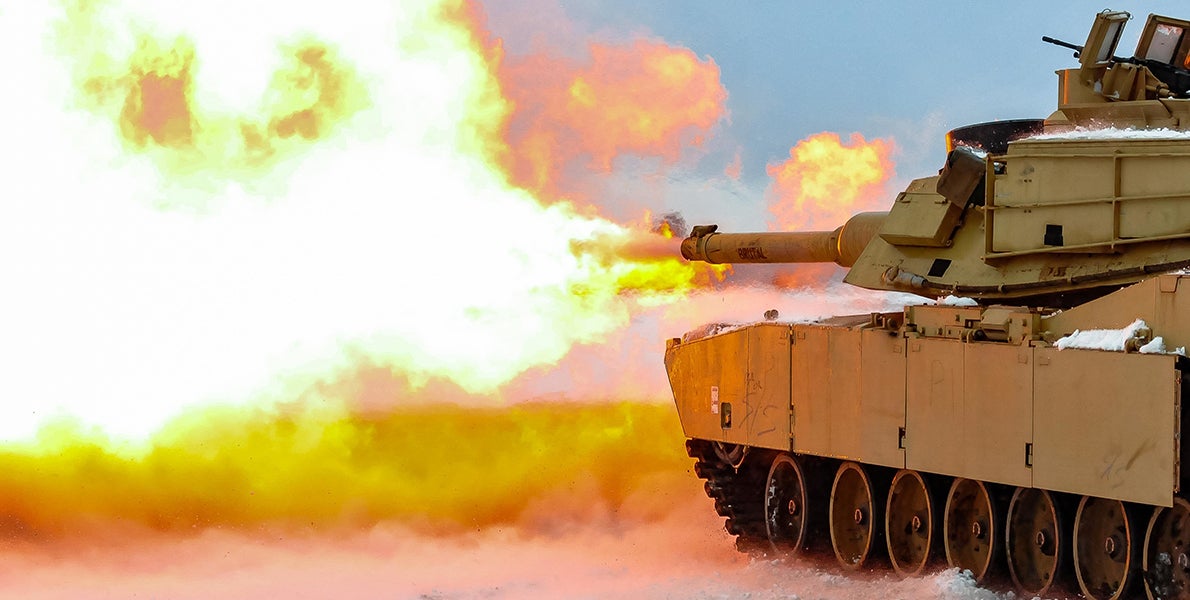Report: Army Ground Systems Losing Edge
Report: Army Ground Systems Losing Edge

Jan. 25, 2017
While the Abrams Main Battle Tank and Bradley Infantry Fighting Vehicle remain powerful and capable armored ground combat platforms, a new Congressional Research Service report says other nations are closing the capabilities gap.
The report, “Selected Foreign Counterparts of U.S. Army Ground Combat Systems and Implications for Combat Operations and Modernization,” notes that foreign nations are making investments in new weapons platforms at a time when modernization setbacks are occurring in the Army. CRS is a public policy research arm of the U.S. Congress.
The core components of the Army’s armored ground forces — the current main battle tank, tracked infantry fighting vehicle, tracked self-propelled artillery and multiple launch rocket systems—were developed in the 1970s and fielded in the 1980s, the report notes, primarily to counter the numerically superior ground forces of the Soviet Union and Warsaw Pact.
“The combat performance of these vehicles against Iraqi forces during Operation Desert Storm in 1991 reaffirmed for many the role these systems would play in future Army ground operations,” the report says.
Since then, however, some high-profile modernization efforts have faltered. The report cites the 2002 cancellation of the Crusader artillery system because of excessive weight and cost, and the 2009 cancellation of the Future Combat Systems program—intended to develop replacements for the Abrams and Bradley as well as the Paladin artillery system—because of “unrealistic technology expectations and cost.”
The result: For the first time since World War I, the Army has no new ground combat vehicle in development, even as America’s allies and enemies move forward on their own modernization efforts. This “raises the possibility that in the not-too-distant future, foreign armored vehicle design and capabilities could surpass existing U.S. systems,” according to the report.
For example, some Russian and Chinese tanks are using larger caliber main guns than the Abrams, potentially offering greater range and armor penetration.
Similarly, the Bradley’s 25mm cannon “is considered to be at a relative disadvantage against some armored vehicles and well-constructed buildings,” the report says, noting that counterpart systems of some foreign nations carry 30mm and 40mm cannons.
“Observations from current conflicts as well as beliefs as to what future conflicts might look like help determine what types of improvements should be made to existing combat vehicles in terms of lethality, survivability, mobility and maintainability,” the CRS report says. “They may also lead to a conclusion that an entirely new combat vehicle will be required to address current and potential future threats.”

